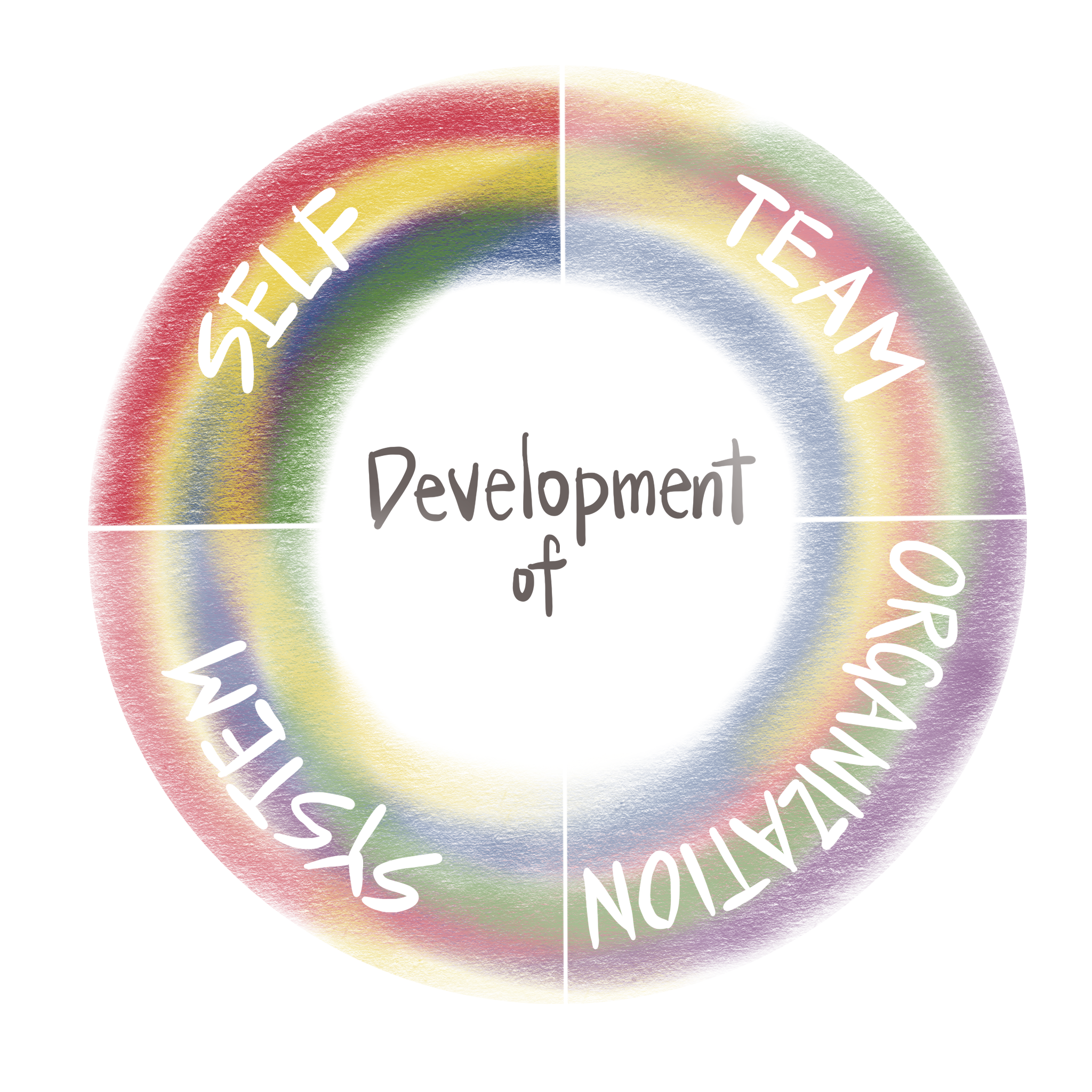
Growing as a Systems Leader

Core Challenge: How do I build my leadership capacity to clarify and realize my highest aspirations?
You’ve chosen to come to this module for a reason:
- Maybe you and your organization haven’t been achieving the results you want.
- Maybe the scope of the challenges seems too great.
- Maybe you feel overwhelmed or lack assurance that your actions can make a difference on the important challenges you and your partners face.
Whatever has drawn you here, by recognizing that your current way of approaching challenges isn’t working, you’ve taken the first step toward practicing leadership in a new way. And that starts with changing yourself.
It turns out the success of any change initiative doesn’t depend solely on the quality of the plan or the thoroughness of its implementation. Instead, it rests largely on the mindset and skills of the people leading the process—especially you.
This dimension of change is often missing, as people focus on making change “out there” and either overlook or avoid the need for change “in here.” But none of us can have the kind of impact we want in our teams, organizations, and world unless we begin with ourselves.
What is a system leader?
According to Peter Senge, Hal Hamilton, and John Kania in their influential article, “The Dawn of System Leadership,” “The deep changes necessary to accelerate progress against society’s most intractable problems require a unique type of leader—the system leader…” But what is a system leader and what does it take to become one?
A system leader is someone who brings people and groups together to collectively make progress on a common challenge. Rather than ignoring the differences that threaten to undermine the initiative, a system leader helps participants to address those tensions head on. They then guide people in leveraging the knowledge that comes from bringing all parts of the system together.
System leaders don’t need to hold positional power or practice a particular leadership style; they can come from many different positions and approaches. And they don’t have to have all the answers. In fact, one of the hallmarks of this form of leadership is that it involves creating the conditions for others to exercise collective leadership to gain traction on their shared challenges.
Three sets of capabilities
Three sets of capabilities, among many others, can be useful for growing as a system leader. In this module, you will explore how to:
Most people in leadership positions are skilled in setting—and achieving—goals. If you weren’t, you likely wouldn’t be in a position of authority. But when it comes to making progress on large-scale, complex problems, it’s hard to know where to start.
Learn More
Boston College Professor Emeritus Bill Torbert once said, “If you're not part of the problem, then you can't be part of the solution.” That’s good news for those of us who want to make headway on complex problems.
Learn More
Growing as a system leader isn’t something that happens overnight. As you delve into your purpose and your role in the system you want to change, you’ll identify certain mindsets and behaviors that have been holding you back—and new ones you want to adopt.
Learn More
Videos

Additional Resources
- To Resolve New Year’s Resolutions
- How You Can Harness the Power of Habit
- Peer Assist: Learning Before Doing by Kent A. Greenes
- Donella Meadows – Places to intervene in a system
- Acting and Thinking Systemically by David Peter Stroh and Kathleen Zurcher
- Both the Parts and the Whole: Leadership and Systems Thinking by Col. George E. Reed
- The Dawn of System Leadership by Peter Senge, Hal Hamilton, and John Kania
-
“The success of an intervention depends on the interior condition of the intervenor.”
- Bill O’Brien
-
“If you do not understand your role in the problem, it is difficult to be part of the solution.”
- David Peter Stroh
-
“There are two ways of spreading light: to be the candle or the mirror that reflects it.”
- Edith Wharton
-
“Everyone thinks of changing the world, but no one thinks of changing himself.”
- Leo Tolstoy
-
“To know the world, first know yourself. To change the world, first change yourself.”
- Anonymous
-
“I’m starting with the man in the mirror/I’m asking him to change his ways/And no message could have been any clearer/If you wanna make the world a better place/Take a look at yourself, and then make a change.”
- Michael Jackson
-
“Pick up the battle and make it a better world. Just where you are.”
- Maya Angelou